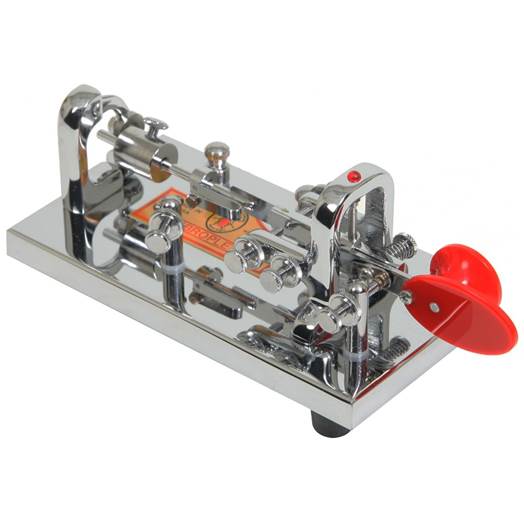Sometimes we ask a question on social media that gets amateur operators truly fired up. This often involves a question about FT8—a subject that is sure to raise the hackles on those who are both advocates and naysayers of this popular digital mode. Last month, though, it was this benign query on DX Engineering’s Facebook page, “What’s the biggest myth in ham radio you’d like to bust?” that set off a firestorm of responses—nearly 500 replies at last check.
As one operator pointed out, there really are no “myths” in amateur radio—just opinions from a community that isn’t shy about speaking their minds about the world’s greatest hobby.
Our thanks to everyone who weighed in on this topic and those who responded to their answers. Below are a few of our favorites.
I’d like to bust the myth…
- “That ham radio is an outdated way of communicating.”
- “Until all else fails.”
- “That it is the same as CB. Someone asked me that (yet again) last week when he saw my antenna.”
- “That FT8 isn’t radio.” (Oh, well, we figured FT8 would rear its head in this discussion.)
- “I don’t really care for FT8, but it is the gateway drug to other digital modes. The reason I did it initially was to have something whiz-bang to get my grandsons interested in ham radio. It worked. Banging on FT8 is like banging on WSPR. Ham radio is an adventure. Not a destination.”
- “That the bands are dead. The bands are never dead. If an operator is proficient in different modes (SSB, Digital, CW) they will always find someone on the bands.”
- “That it takes 50kW to communicate. I’ve been licensed for 49 years and worked the world running 100W into homebrewed wire antennas. No towers. No expensive beam antennas. No high-powered linear amplifiers. My QSL box has some pretty rare DX stations that I’ve beat out some expensive setups to get.”
- “That ham is an acronym and should be written as HAM.”
- “Haven’t Any Money.”
- “I remember being told as a youngster that it was originally a dig by commercial operators that amateurs were ‘ham fisted’ code senders. It stuck and the amateurs embraced it. True? I don’t have any idea, but it seems plausible.”
- “That term (ham) irritates me with its theatrical overtones. We don’t use it so much in Europe.”
- “That Morse code is too difficult to learn.”
- “It ain’t easy.”
- “That more output power equals more contacts. Truth is you can only transmit and have a QSO with those you can hear.”
- “That S stops at 9, there is no S +20. It’s a perceived signal strength, not the reading on your S meter.”
- “That resonance = low SWR.”
- “That life is too short for QRP. 5-10W gets the job done. I run QRP and QRO depending on the situation. I’ve worked the same stations from the same location on both 5 watts and 500 watts. S-7 to S-9+10. Yes, the power works, but the antenna matters more.”
- “That you need to run 1,500W to break pileups, etc. Nah, you need 100W and a resonant antenna. Optimize the antenna system first.”
- “That someone is always out there ready to talk on the other end of your transmission. No, sorry, but you can have the best gear, best setup, best location, and sometimes no one is out there.”
- “That an antenna tuner really tunes the antenna.”
- “That is a good and entirely valid one. In British military radio, it is referred to as an AMU, an Antenna Matching Unit.”
- “That you only need one radio.”
- “This will be my last radio.”
- “I’m satisfied—no more equipment will be purchased.”

- “That CW contesting must be done at 50 WPM.”
- “That CW is a dead art. So not true. I took it up two years ago and it’s my fave mode to work.”
- “That not everyone who THINKS they are an expert at using a ‘bug’ is.”

- “That smartphones and social media apps are a replacement for HF radios. It misses on both the practical utility of HF and its role as a hobby interest too.”
- “That vertical monopoles don’t need radials.”

- That in a ‘59’ signal report the 9 stands for an S-meter reading of S9 or higher. I recently heard someone give a ‘1 by 1’ signal report to a station and said he could understand him clearly. It makes the RST report pointless.”
- “That G5RV is an all-band antenna.”
- “That SWR is the most important parameter of an antenna.”
And some final words…
“Amateur radio is great. Nothing to bust. I love it.”
Finally, something we can all agree on!

